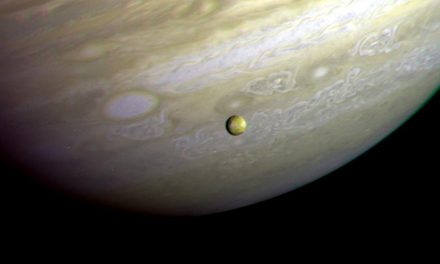The Wisconsin Department of Natural Resources (DNR) has released a new software tool to help reduce agricultural runoff and erosion. The erosion vulnerability assessment for agricultural lands tool (EVAAL) integrates satellite imaging and geographic information system (GIS) technology at increments as small as 3 m2 (32 ft2) or as large as 70 km2 (30 mi2). It clearly depicts areas susceptible to runoff based on topography, land cover, and soils. EVAAL uses readily available inputs that include detailed topographic information (LiDAR), multiple years of crop type data, and digital soils data.
The results of EVAAL show relative vulnerability to erosion and associated nutrient export at the grid scale. Watershed managers can use those areas of highest vulnerability to prioritize their conservation efforts.
Detailed maps produced by the software highlight areas where large gullies or tiny rills may carry nutrients away from fields and toward bodies of water. Other elements, such as large internally drained areas that help capture runoff also appear. The EVAAL tool allows private landowners and county planners to consider these features at both the grid scale — down to 3 m2 (32 ft2) — and at the broader field or watershed level.
“Modern farm technology allows for the precise application of nutrients down to the grid level, but until now, these grids accounted for soil quality rather than differences in topography and the potential for water movement,” said Theresa Nelson, a water resources engineer in the DNR division of water quality. “With the EVAAL tool, practicing precision agriculture becomes an opportunity to achieve precision conservation. Beyond identifying simple changes, such as slightly expanding a buffer area or adding vegetation to a gully, the software allows for broader efforts aimed at improving a watershed.”






